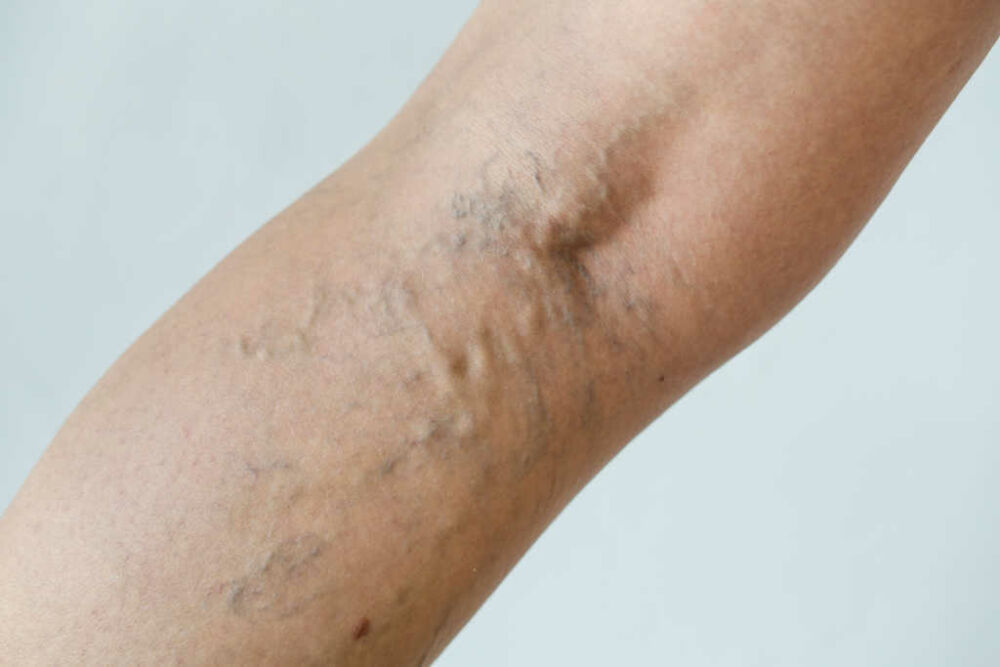Do you wonder what the doctor injects into veins during varicose vein procedures? We're here with the answers and to break the process down for you.
Let’s say you want to eliminate your legs' painful, swollen varicose veins. Treatment will allow you to live comfortably without the symptoms and unsightly appearance of the twisted, protruding veins.
Two standard options are sclerotherapy and VenaSeal. Your doctor may have told you that these procedures involve using a salt-based solution and a medical superglue. But perhaps you’re now wondering, “How will they affect my veins? Are they safe to be injected into my body? What exactly is this salt-based solution?”
What you need to know about sclerotherapy and medical superglue
A vein specialist will discuss both procedures with you in more detail and recommend one based on your veins. Both methods require the injection of a substance into the affected vein, forcing it to close as blood diverts to healthier veins. What the doctor uses depends on whether you’re undergoing sclerotherapy or VenaSeal.
Sclerotherapy. Often recommended for spider veins and smaller varicose veins, sclerotherapy involves using sodium tetradecyl sulfate, a salt-based sclerosing agent. Your doctor may mix the sclerosant with CO2 to form a foamy substance. The advantage of the foam sclerosant is that it can reach a wider area and more prominent varicose veins.
Guided by an ultrasound image of your veins, the vein specialist injects the sclerosant into the diseased vein. The substance acts as an irritating agent to harden and collapse the vein walls. Your body reabsorbs the unwanted vein and diverts blood to healthy veins.
VenaSeal. For years, surgeons have used a medical-grade superglue known as cyanoacrylate glue to close incisions and wounds. Vein specialists took the same adhesive and now use it for VenaSeal procedures.
VenaSeal works best for varicose saphenous veins or varicose veins in the pelvic or vulvar area. Varicose veins two centimeters or larger in diameter benefit from VenaSeal.
Your doctor will begin the procedure by injecting the glue into the vein through a catheter. They will then apply gentle pressure to seal the vein. With local anesthesia, you should only experience a sensation of mild pulling.
Much like sclerotherapy, VenaSeal destroys the vein by hardening it. You'll no longer see swollen veins as the vein shrinks and blood diverts to healthy veins.
There is a slight risk of an allergic reaction to the superglue or sclerosant. Bruising is minimal after each procedure. You can return to your routine within a day, but you should hold off on strenuous activities for a week.
Sclerotherapy and VenaSeal are safe and effective treatments when performed by qualified, experienced vein care physicians, such as the vascular specialists at Center for Vein Restoration (CVR). Both procedures are minimally invasive and completed in a brief office visit. If you're looking for a relatively quick way to get rid of varicose veins, sclerotherapy and VenaSeal may be your best options. Of course, your CVR vein physician will advise you on the best course of action based on your unique health needs.
Learn more at Center for Vein Restoration
Center for Vein Restoration offers a variety of varicose vein treatment options, including sclerotherapy and VenaSeal. Our physicians are experts in each procedure and have successfully treated thousands of patients using both.
Contact one of our offices today for a consultation, or call 240-965-3915 to speak to a dedicated Patient Services Representative. You can also easily schedule online.
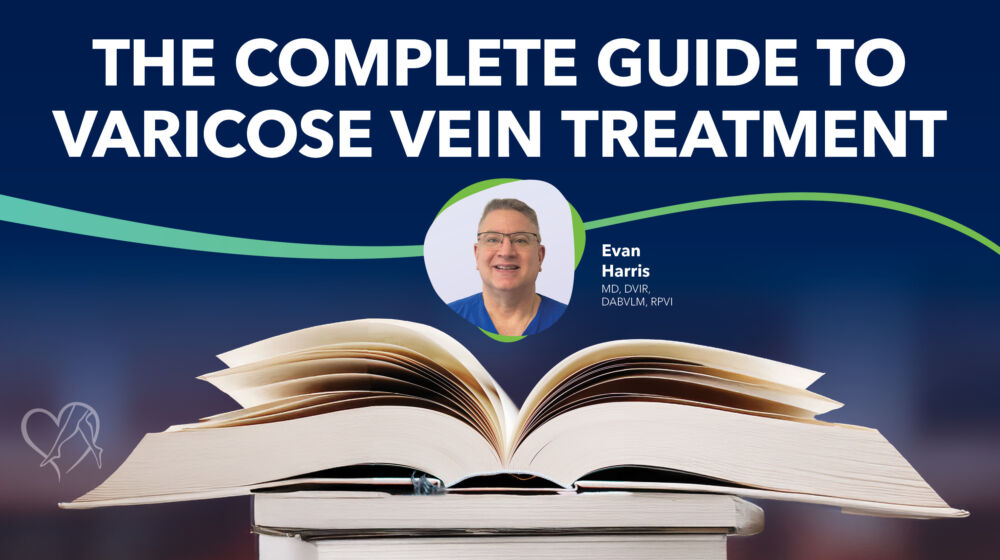
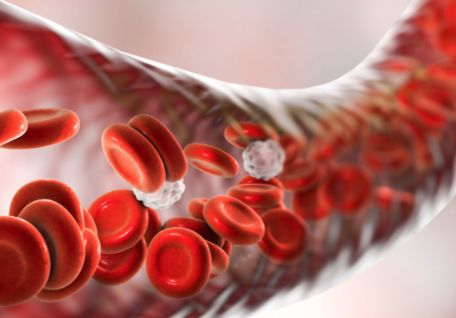 About Vein Disease
About Vein Disease
 Spider Veins
Spider Veins
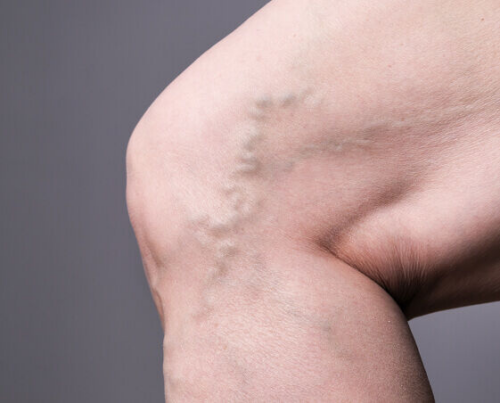 Varicose Veins
Varicose Veins
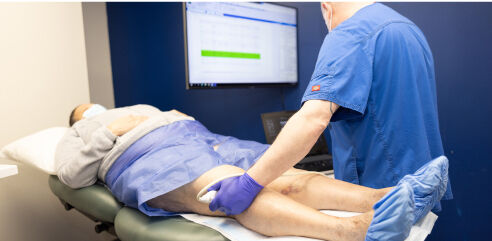 Vein Disease Treatments
Vein Disease Treatments
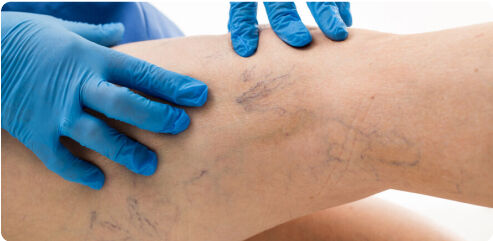 Treating Spider Veins
Treating Spider Veins
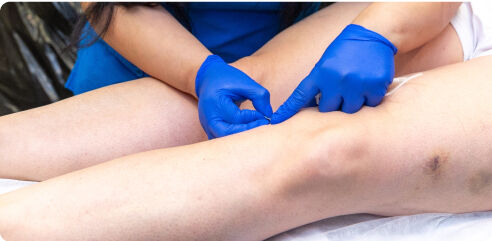 Treating Varicose Veins
Treating Varicose Veins
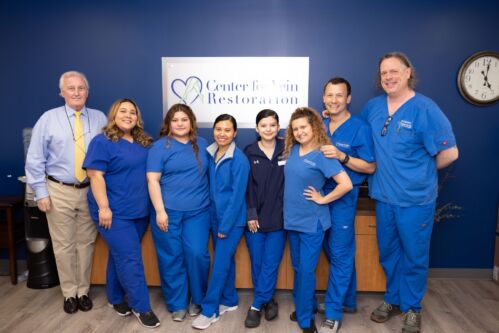 About Us
About Us
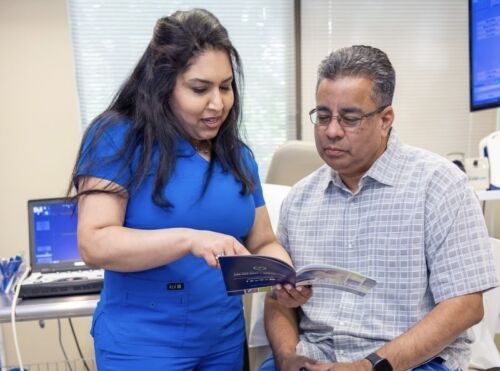 Patient Resources
Patient Resources
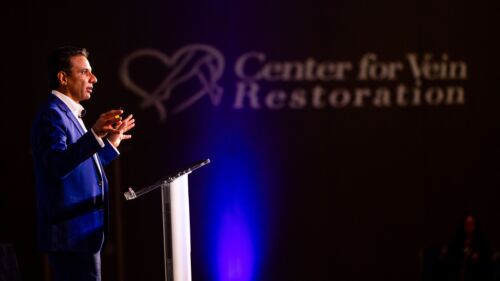 Physician Resources
Physician Resources

